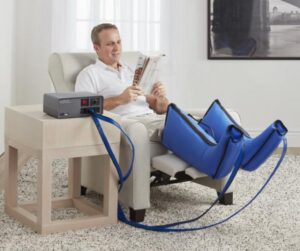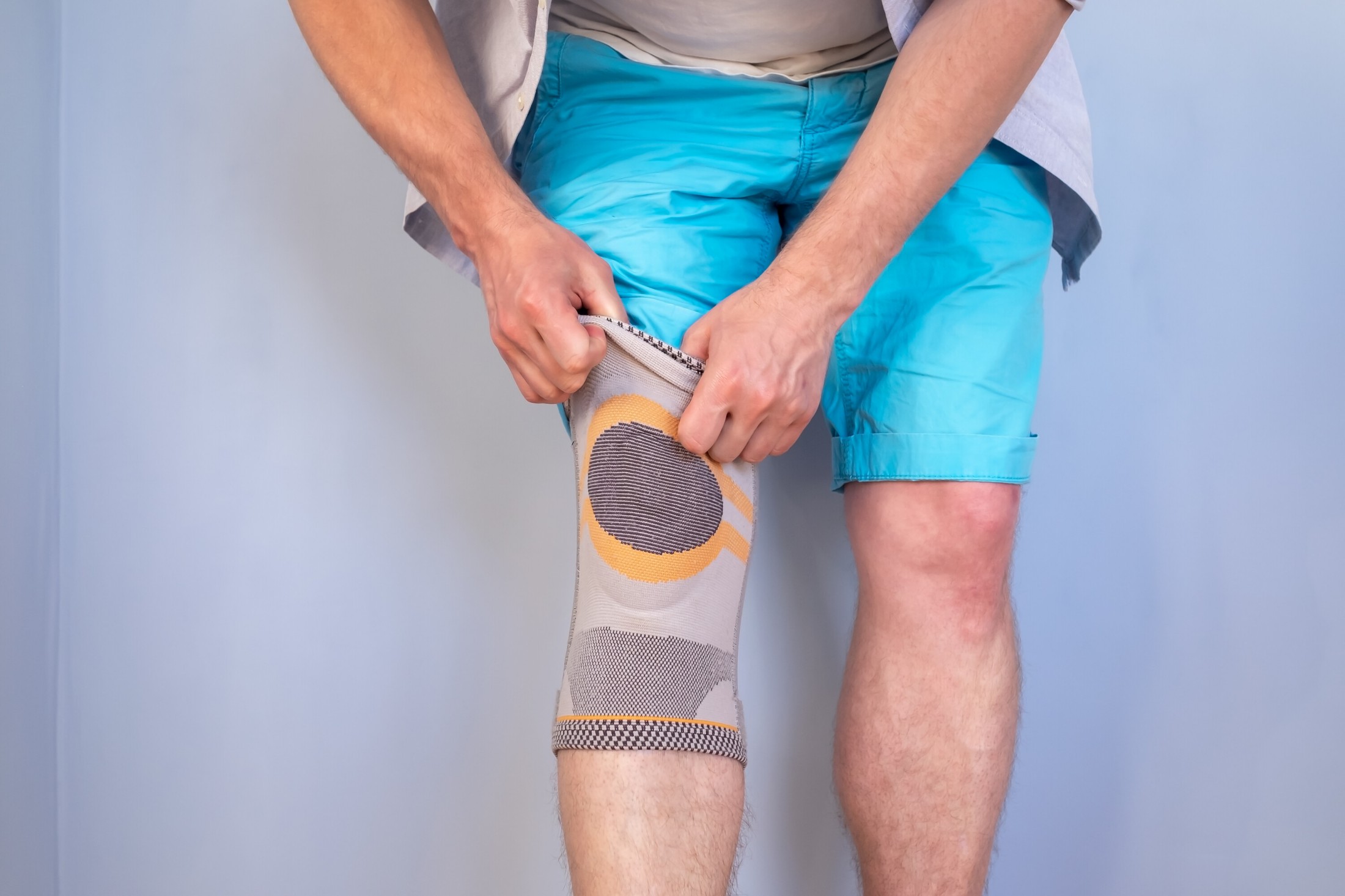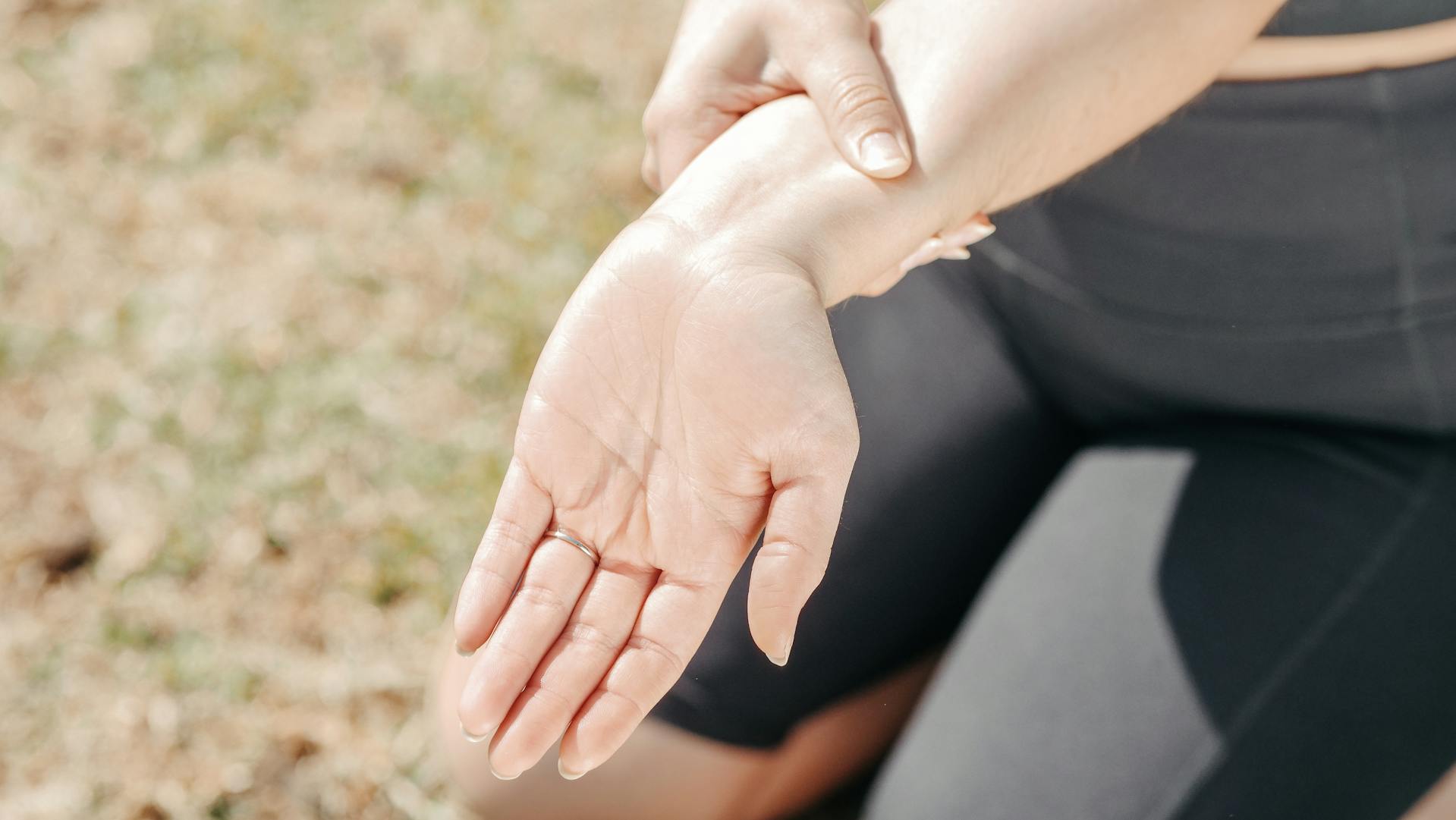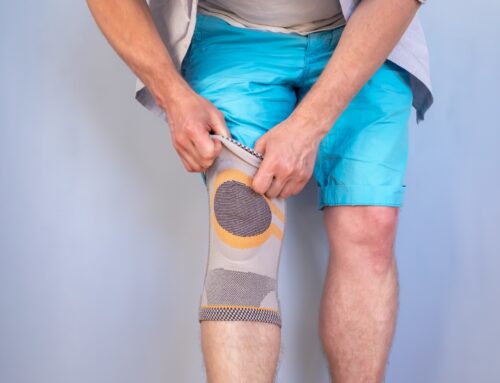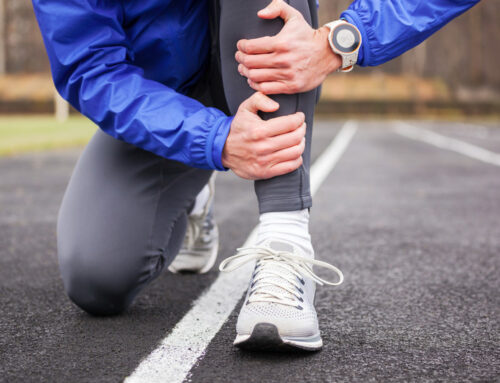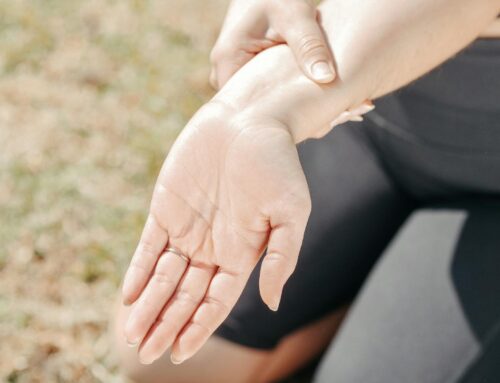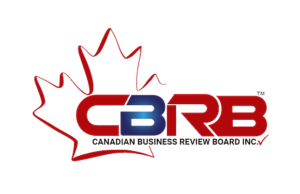In recent years, more Ontario residents have turned to innovative health treatments to improve their overall well-being. One option gaining popularity is Pressure Pump Therapy, a therapeutic technique that’s quickly becoming a go-to solution for many. This advanced method combines modern technology with proven therapeutic approaches, offering a non-invasive way to address a variety of circulatory and lymphatic concerns.
Pressure Pump Therapy works by applying controlled pressure to stimulate blood flow and encourage lymphatic drainage. This approach has been highly effective in managing conditions like lymphedema, venous insufficiency, athletic recovery, and post-operative recovery. As more people experience the benefits, its popularity continues to grow, proving its value in enhancing both health and quality of life.
What is Pressure Pump Therapy?
Pressure Pump Therapy is a sophisticated medical treatment designed to enhance circulation and lymphatic flow through controlled compression. The therapy involves the use of a specialized device, known as a compression pump, which is attached to a sleeve or a garment that envelops the targeted body part, such as the arm or leg. This pump cyclically inflates and deflates the garment, applying gentle pressure to the area.
The mechanism is based on the principle of sequential compression. When the garment inflates, it exerts pressure on the limbs, mimicking the natural pumping action of the muscles. This process helps move blood and lymphatic fluids back towards the heart, preventing pooling and stagnation.
It’s particularly beneficial for individuals who have compromised circulation or lymphatic drainage due to various health conditions. By enhancing blood flow, Pressure Pump Therapy aids in faster healing of tissues, reduction of swelling, and alleviation of pain.
Types of Compression Pumps
Each type of compression pump offers unique benefits and can be chosen based on the individual’s specific health condition, lifestyle, and therapeutic goals. As this technology continues to evolve, it provides an increasingly effective solution for managing a range of health issues related to poor circulation and lymphatic function.
- Single Chamber Pumps
These are the simplest form, providing uniform pressure throughout the garment. They are typically used for general circulation improvement and are suitable for patients with mild to moderate conditions. - Sequential Compression Pumps
More advanced than single chamber pumps, these have multiple chambers in the garment that inflate and deflate in a sequence. This sequential movement provides a massaging effect, more effectively moving fluid away from the extremities. They are often used in more complex lymphedema and venous insufficiency cases. - Programmable Pumps
These high-tech pumps allow for customization of pressure levels, inflation and deflation cycles, and duration of therapy. They are ideal for patients with specific medical needs and can be adjusted according to a healthcare provider’s prescription. - Portable Pumps
Designed for ease of use and convenience, portable pumps are smaller and battery-operated, making them suitable for patients who need to use Pressure Pump Therapy regularly throughout the day.
Health Benefits of Pressure Pump Therapy
From enhancing blood circulation to providing relief from swelling and pain, Pressure Pump Therapy serves as a versatile and non-invasive treatment option.
 Enhancing Circulation
Enhancing Circulation
The application of Pressure Pump Therapy offers significant benefits in terms of enhancing blood circulation, which is necessary for overall health and well-being:
- Stimulates Blood Flow
The therapy aids in stimulating the flow of blood, especially in areas where circulation might be compromised due to various health conditions. - Mimics Muscle Contractions
The sequential compression mimics natural muscle contractions, helping to move blood through the veins back to the heart. - Prevents Blood Pooling
By boosting circulation, the therapy helps prevent the pooling of blood, particularly in the lower extremities. - Supports Vascular Health
Improved circulation also contributes to better vascular health, reducing the risk of venous thrombosis and other circulatory disorders.
Reducing Swelling and Lymphedema
Pressure Pump Therapy helps manage and reduce swelling and lymphedema:
- Effective Edema Reduction
The therapy is highly effective in reducing edema, or swelling, especially post-surgical or injury-related swelling. - Lymphatic Fluid Drainage
It significantly aids in the movement of lymphatic fluids, thereby reducing lymphedema, a condition characterized by the accumulation of lymphatic fluid. - Prevents Fluid Accumulation
Regular use of compression therapy can prevent the recurrence of swelling and lymphedema. - Improves Limb Functionality
By reducing swelling, the therapy can improve the range of motion and functionality of the affected limb.
Pain Relief and Recovery
Offering significant benefits for pain management and facilitating quicker recovery, Pressure Pump Therapy utilizes mechanically controlled pumps to boost circulation and lymphatic flow. It simulates natural muscle contractions, speeding up the elimination of waste products and inflammation, important for healing.
- Alleviates Chronic Pain
It helps in alleviating chronic pain conditions, particularly those associated with venous insufficiencies and lymphedema. - Enhances Post-Surgery Recovery
Post-operative patients often find Pressure Pump Therapy therapy beneficial in reducing pain and speeding up the healing process. - Reduces Inflammation
The therapy aids in reducing inflammation, which is often a source of pain and discomfort. - Facilitates Faster Healing
- Improved circulation and reduced swelling can lead to faster healing of injuries and surgical sites.
A non-invasive and effective approach, Pressure Pump Therapy enhances circulation, reduces swelling and lymphedema, and manages pain, playing a significant role in the recovery and maintenance of good health.
Pressure Pump Therapy for Various Medical Conditions
With its approach to enhancing circulation and reducing swelling, Pressure Pump Therapy offers a gentle yet effective means of addressing a range of ailments.
Venous Insufficiency and Varicose Veins
Pressure Pump Therapy offers benefits in the treatment and management of venous disorders, particularly venous insufficiency and varicose veins:
- Improves Venous Return
The therapy aids in enhancing venous return, which is important for people suffering from venous insufficiency, a condition where blood does not efficiently return from the legs to the heart. - Reduces Vein Distension
Regular use of compression pumps can reduce the distension of veins, which is a common issue in varicose veins. - Alleviates Symptoms
Symptoms like leg heaviness, aching, and swelling, often associated with these conditions, can be significantly alleviated through this therapy. - Prevents Complications
By improving circulation, Pressure Pump Therapy can help prevent complications related to venous disorders, such as ulcers or deep vein thrombosis.
Application in Post-Operative Care
Pressure Pump Therapy in post-operative care is increasingly being recognized for its effectiveness in promoting healing and rehabilitation:
- Reduces Post-Surgical Swelling
One of the most immediate benefits post-surgery is the reduction of swelling. The therapy efficiently moves excess fluid away from the surgical site. - Enhances Tissue Oxygenation
Improved blood flow enhances oxygenation to the tissues, which is vital for healing. - Prevents Blood Clots
Post-surgery, patients are at a higher risk for blood clots. Compression therapy aids in preventing the formation of clots by keeping blood circulating. - Speeds Up Recovery
By addressing swelling, improving circulation, and preventing complications, Pressure Pump Therapy can significantly speed up the recovery process.
Incorporating compression pump therapy into treatment plans for various medical conditions, especially venous insufficiencies and post-operative care, has shown to improve patient outcomes and accelerate the healing process. This therapy has become a valuable tool in the comprehensive management of these health issues.
Improve Recovery and Wellness with Pressure Pump Therapy
Pressure Pump Therapy emerges as a significant ally in the journey towards health and wellness, particularly for residents of Ontario facing various medical challenges. Moreover, this therapy, with its ability to enhance circulation, reduce swelling and lymphedema, and alleviate pain, stands out as a pivotal component in modern therapeutic practices.
Therefore, if you’re considering this therapy or seeking more information on how it can benefit you or your loved ones, we encourage you to reach out for a consultation. By exploring the possibilities that compression pump therapy holds, you can take a step towards a healthier, more comfortable life.
In conclusion, Contact Care-Med for more information on compression pump therapy and discover how it can enhance your health and wellness journey.
Share This Story, Choose Your Platform!
Table of Contents
We specialize in orthotics, body braces, and compression wear tailored to your unique needs in Toronto. Reach out to us at info@caremed.care or call 416-782-5353 to book your fitting and consultation.
Experience the difference of customized solutions designed just for you.


